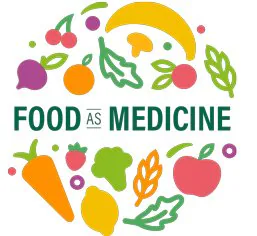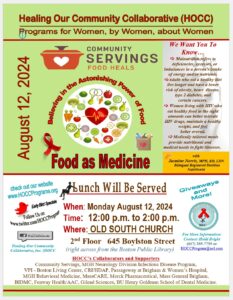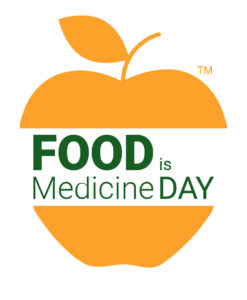
The State of US Health as described in the “1990-2016 Burden of Diseases, Injuries, and Risk Factors Among US States” reports that poor diets have become the leading cause of death and disability in the United States because of “nutrition” having strong ties to illnesses such as heart disease, stroke, cancer, and diabetes. In the past few years, various studies have reported that one of every five deaths across the globe is attributable to suboptimal diet, more than any other risk factor including tobacco. (check out the various sources below).
Just the Facts:
-
Approximately 33.8 million people live in food-insecure households.
-
Household food insecurity affected 12.5 percent of households with children in 2021.
-
About half of all American adults — or 117 million individuals — have 1 or more preventable chronic disease, many of which are related to poor-quality eating patterns and physical inactivity. These include cardiovascular disease, high blood pressure, type 2 diabetes, some cancers, and poor bone health.
-
Lower food security is associated with higher probability of chronic disease diagnosis — including hypertension, coronary heart disease, hepatitis, stroke, cancer, asthma, diabetes, arthritis, COPD (chronic obstructive pulmonary disease), and kidney disease.
-
Nearly $173 billion a year is spent on health care for obesity alone.
Access to nutritious food is critical to health and resilience. “Food is / as Medicine” is a concept that reaffirms this connection, recognizing that access to high-quality nourishment is essential for well-being. By supporting the production of and facilitating access to nutritious food across a health continuum and range of settings, approaches to Food is / as Medicine support immediate and long-term resources for people, communities, and systems.
In 2023, the Department of Health and Human Services (HHS) developed a Food is Medicine initiative in response to a congressionally funded initiative. This congressional action directed the Secretary of HHS, in consultation with other federal agencies, to develop and implement a federal strategy to reduce nutrition-related chronic diseases and food insecurity to improve health and racial equity in the United States. This includes diet-related research and programmatic efforts that will increase access to Food is Medicine initiatives and actions to integrate food and nutrition seamlessly into healthcare. Programs and interventions will provide nutritionally tailored meals (also called therapeutic meals) , medically tailored groceries (sometimes known as food “farmacies”), produce to support disease management, healthy food prescriptions), and produce prescriptions. Prevention, or optimal health will be directly linked to the health care system as part of a patient’s treatment plan.
HOCC’s August in-person program is based on Food is / as Medicine and will be presented by Jasmine Norris, MPH, RD, LDN from Community Servings.

For More Information:
-
Food Survey Results: https://foodinsight.org/wp-content/uploads/2023/05/IFIC-2023-Food-Health-Report.pdf
-
Health Food Guide: https://tuftsfoodismedicine.org/wp-content/uploads/2023/11/FIMI-Healthy-Food-Guide-7-21-23.pdf
-
Food is Medicine: https://tuftsfoodismedicine.org/wp-content/uploads/2024/04/Food-is-Medicine-Flyer-v2.pdf
-
UNVEILING THE 2023 FOOD PYRAMID: A COMPREHENSIVE GUIDE TO BOOST YOUR FITNESS JOURNEY: https://adamascrossfit.com/unveiling-the-2023-food-pyramid/
-
The State of US Health, 1990-2016 Burden of Diseases, Injuries, and Risk Factors Among US States report 2018;319(14):1444-1472. doi:10.1001/jama.2018.0158
-
Food is Medicine: A Project to Unify and Advance Collective Action https://health.gov/our-work/nutrition-physical-activity/food-medicine
-
Food is medicine: actions to integrate food and nutrition into
-
Healthcare: https://www.bmj.com/content/bmj/369/bmj.m2482.full.pdf
-
Food is Medicine Institute: https://tuftsfoodismedicine.org/

